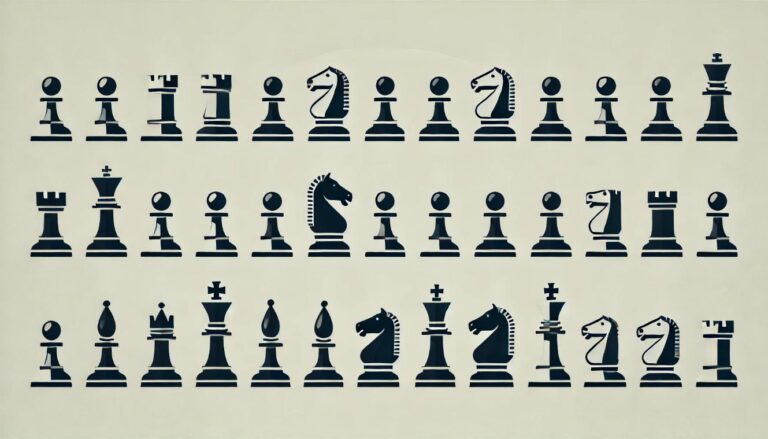Introduction to Chess
Chess is a strategic and competitive board game that has been around for centuries. It is a game of strategy, logic, and critical thinking that has been enjoyed by people of all ages and backgrounds. While many may perceive chess as a complicated and difficult game, it can actually be a fun and exciting activity for kids to learn. In this guide, we will go through the basics of how to set up a chess game for kids in a simple and easy-to-understand manner.
The Chessboard
The chessboard is made up of 64 squares in a checkered pattern of alternating light and dark colors. This grid-like board has eight rows and eight columns, with each row and column marked with letters and numbers to identify each square. The two players sit opposite each other, with the chessboard placed between them so that the bottom right-hand square is white. The chess pieces are then placed on the board in a specific pattern, which we will discuss in the next section.
The Chess Pieces
There are six different types of chess pieces: the king, queen, rook, bishop, knight, and pawn. Each player starts with 16 pieces, with each type having a specific way of moving on the board.
- King: The most important piece on the board, the king can move one square in any direction but cannot move into a square that is under attack.
- Queen: The most powerful piece in the game, the queen can move diagonally, horizontally, or vertically in any direction for as many squares as she wants.
- Rook: The rook can only move horizontally or vertically for as many squares as it wants.
- Bishop: The bishop can move diagonally for as many squares as it wants.
- Knight: The knight moves in an L-shaped pattern, two squares in one direction and then one square in a perpendicular direction.
- Pawn: Pawns can only move one square forward at a time, except for their first move when they can move two squares. They can only capture an opponent´s piece by moving diagonally.
Each piece has its own unique role and value, and understanding how they move is crucial to playing a successful game of chess.
Setting Up the Chess Pieces on the Board
Now that we know the names and movements of each piece, let´s discuss how to set them up on the chessboard.
Starting from the bottom row, the order of pieces from left to right is rook, knight, bishop, queen, king, bishop, knight, rook. This is the same for both players, with a row of pawns in front of these pieces. The pawns can only move one square, so it is important to use them to defend your more valuable pieces. Remember to always keep your king protected, as losing it means losing the game.
Take a look at the diagram below to see how the chess pieces are set up on the board:

As you can see, the queen always starts on her own color, with the white queen on a white square and the black queen on a black square. The king is then placed on the remaining square of the same color. This is known as the queen´s color rule.
Once the pieces are set up, the players can begin their game of chess by taking turns making moves with their pieces.
Conclusion
Chess is a game of strategy and patience, and setting up the chessboard correctly is an essential first step to playing a successful game. By following this simple guide, kids can learn the basics of how to set up a chess game and get started playing this fun and challenging game. With practice, they can improve their skills and become skilled chess players. So get started and have fun playing chess!

